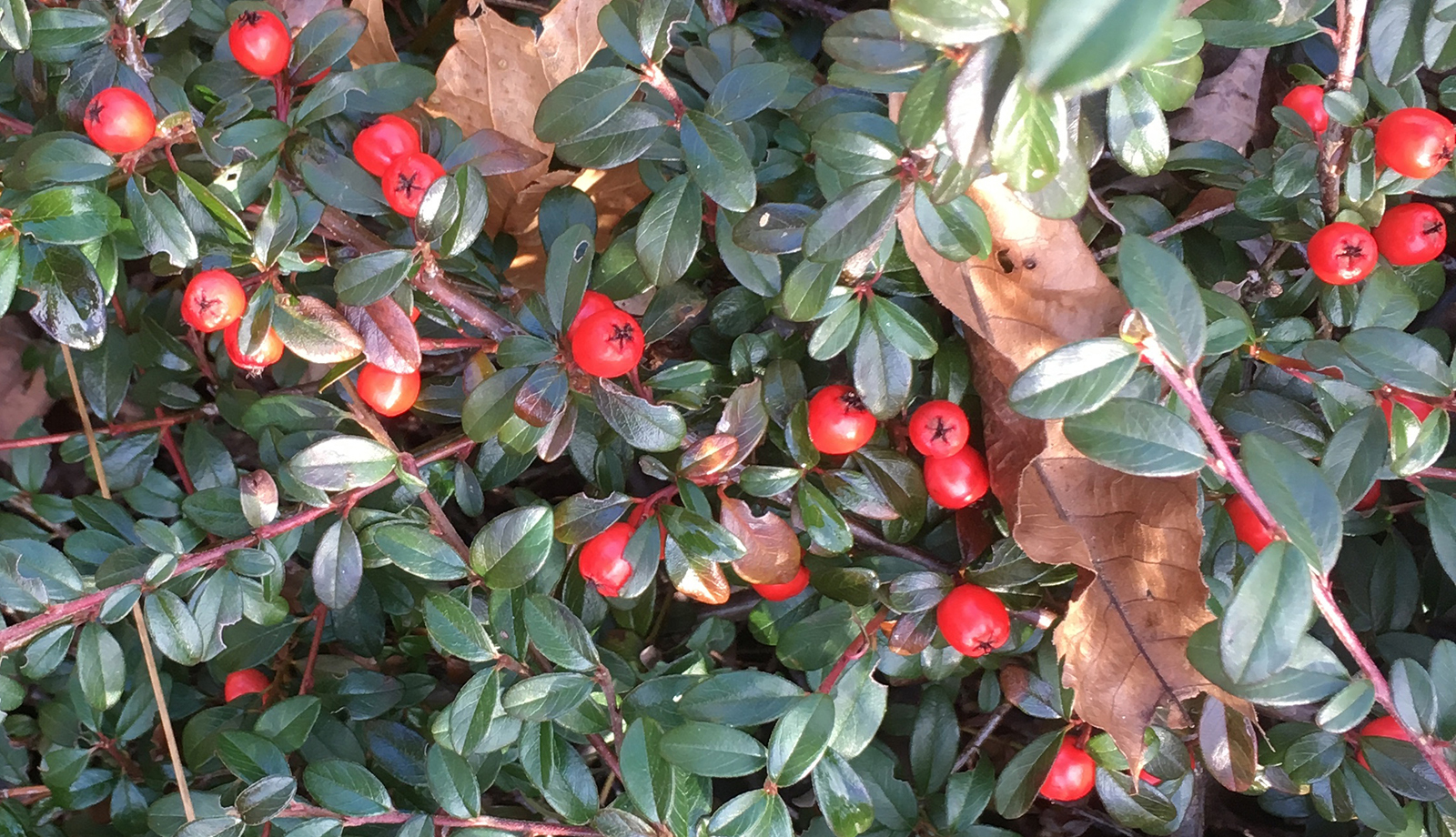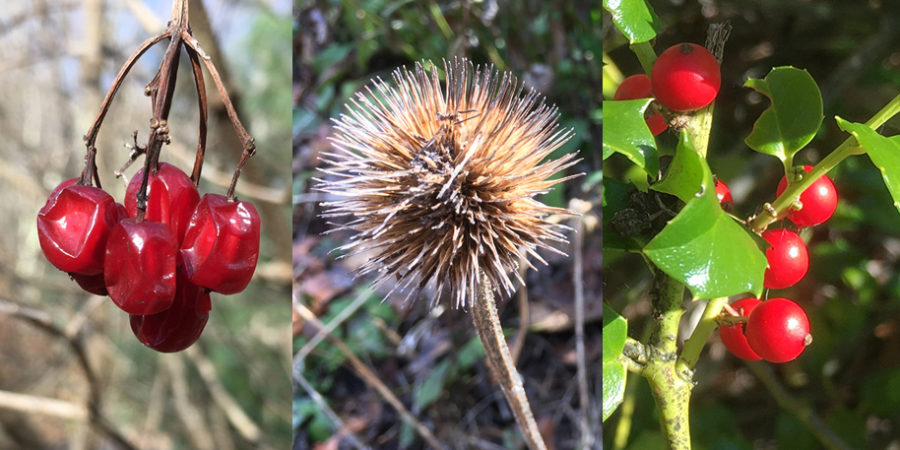I remember the song “Feed The Birds” from the movie Mary Poppins. An old woman, covered with pigeons, is feeding bread to the birds from a park bench. Not as healthy for them as natural seeds and berries, but they eat it voraciously. I’d rather Seed The Birds.
We’ve created a backyard that entices all types of wildlife, especially birds, with flowers, shrubs and trees that both feed and protect. Deciduous and evergreen plantings providing seasonal benefits are layered throughout the yard creating an inviting habitat bordering the woods and wetlands beyond.
I had been putting out birdseed for many years as well. Two large thistle feeders would continually serve Goldfinches (and one winter a flock of Pine Siskins) and a steel feeder for black oil seed that attracted just about everything, including one of our summer favorites — the Rose-Breasted Grosbeak.
FACT: Native cavity-nesters, such as Bluebirds and Woodpeckers, struggle to complete with non-native species such as the European Starling and House Sparrows for nesting sites in old, hollow trees. Try not to remove dead trees at the edges of your yard — they are important to our native bird populations.
The Cornell Lab Of Ornithology
We decided to stop using birdseed for two reasons: 1) the appearance of black bears to our area. We spend a lot of time outside and I don’t want the bears to associate our yard with food. 2) the cost of seed is getting higher and higher. I’m no skinflint but Goldfinches can go through an 18 inch long thistle feeder in little more than a day. I wonder sometimes how they’re able to fly! We do, however, maintain two Hummingbird feeders near the deck all summer, so we can enjoy them zipping around us and the yard.
I‘m not suggesting that you shouldn’t use birdseed. It’s an important food source, especially for wintering birds. You’re guaranteed to see birds on a regular basis by just looking out the window or stepping outside. (However, when it comes to enticing black bears to your yard, the neighbors may not be entirely thrilled.)

Birds will feed from both feeders and plants throughout the year. With the addition of bird loving plants you’ll attract other types of birds to your yard. Many birds would rather feed on perennial seeds and berries, and there are those that mainly eat insects.
Here are some of the flowers, shrubs and trees we’ve incorporated into our yard:
White Pines Dogwoods Hollies Cotoneaster
Spirea Viburnum Black-Eyed Susan Coneflower
Bee Balm Phlox Shasta Daisy Agastache
Milkweed Gayfeather Butterflybush Catmint
Birds will also benefit greatly from plants that offer protection and nesting opportunities. We’ve found that shrubs such as hollies, spirea, cotoneaster and the larger grasses planted nearby give the birds added protection and can provide for a quick getaway from the many raptors patrolling the area.
We don’t see the number of birds that typically visit yards with feeders. But we have, at any given time of the year, a continual variety of winged visitors feeding on the natural assortment of foods we have planted in our backyard “dining area.” Always there, any time of year, to “Seed The Birds.”
OBSERVATION: Some plants, such as the cranberry viburnum, have enticingly plump, dark red berries throughout the winter that would seemingly be a bonanza for wintering birds. Actually, they are one of the last things the birds eat in our yard with many of the berries falling to the ground untouched in the spring.
Check out happydiyhome.com for additional information on this topic.
